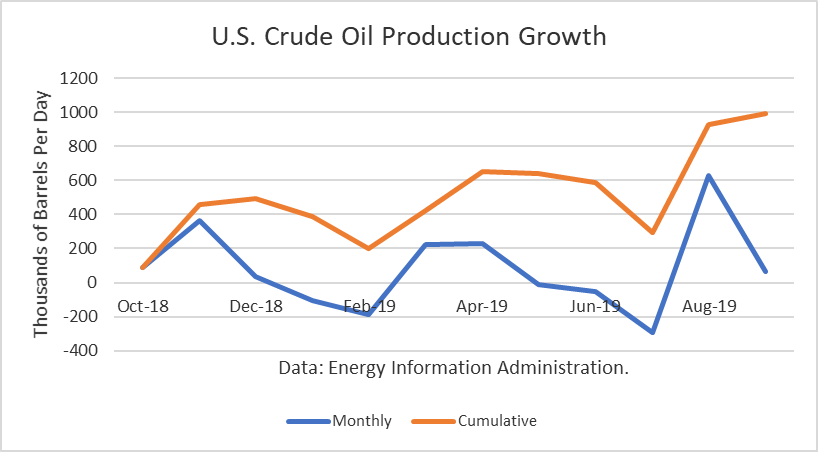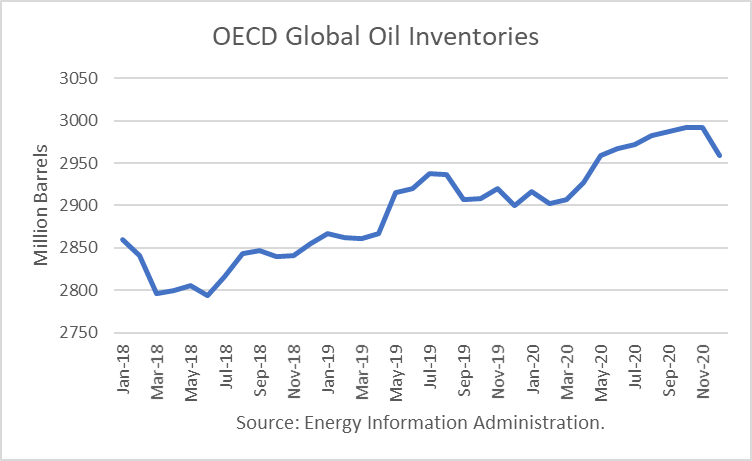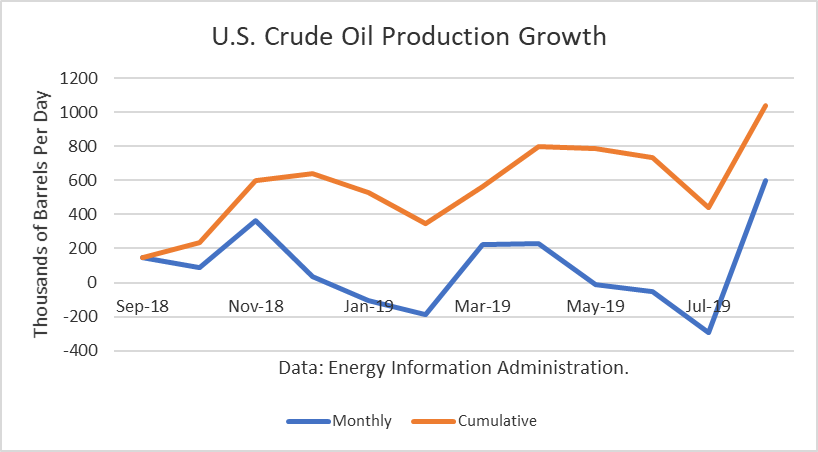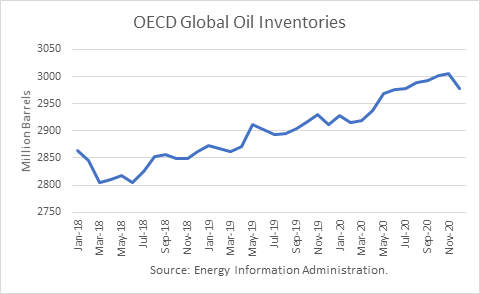The large gain in U.S. crude production in September was masked by a temporary GOM decline.
The Energy Information Administration reported that September crude oil production averaged 12.463 million barrels per day (mmbd), up 66,000 b/d from August. In addition, the August estimate was revised 33,000 b/d higher.
Texas production reached a new high of 5.227 mmbd, up 72,000 b/d from August. Other gains were 67,000 b/d in Alaska, 43,000 b/d in Oklahoma, and 21,000 b/d in New Mexico. The rebound in Alaska was due to seasonal factors. There was a 114,000 b/d drop in the Gulf of Mexico, probably due to maintenance reasons. Without that drop, the total gain would have been 180,000 b/d, a very respectable gain on top of the huge gain in August.
Plains All American Pipeline LP’s (PAA) Cactus ll pipeline was expected to ship at full capacity, 670,000 b/d, in September. EPIC Midstream’s crude oil pipeline began shipping 400,000 b/d. It is designed to ship 440,000 b/d from the Permian and another 150,000 b/d from the Eagle Ford.
Phillips 66 Partner’s Gray Oak pipeline is expected to ship an additional 900,000 b/d. It is scheduled to being shipments by year-end.

Continue reading "Large Gain For U.S. Crude Production In September"




